Dancing Peacock Japanese Maple (Acer Japonicum ‘Aconitifolium’) – 3 Gallon Pot (2-3′)
$169.97 Original price was: $169.97.$95.99Current price is: $95.99.
SKU: D2LSC 7797947589 Category: RARE PLANTS
- Shop with ease, buy with confidence.
- Safe and Secure Payments, Always
- Prompt service, every time.
- Fast, friendly, always here to help.

Dancing Peacock Japanese Maple
Acer japonicum ‘Aconitifolium’
Other Names: Fernleaf Full Moon Maple, Acer japonicum ‘Maiku-jaku’, Fern Maple
Plant Details
USDA Plant Hardiness Zones: 6a-9b Find Your Zone
Height at Maturity: 15-20′
Width at Maturity: 15-20′
Growth Habit / Form: Upright, Broad, Rounded Umbrella
Growth Rate: Moderate
Foliage Color in Spring: Soft Green
Foliage Color in Summer: Medium Green
Foliage Color in Fall: Shades of Gold, Orange, Red and Purple!
Light Needs: Morning Sun with Dappled or Afternoon Shade, All Day Filtered Sun, Full to Mostly Sun in cooler climates
Water Needs: Average, moderately drought tolerant when established
Soil Type: Sandy, Loam & Clay (Condition heavy clay soils when planting)
Drainage: Moist But Well Drained Soil – Good drainage is essential!
Soil pH: 5.0 – 7.0 is ideal
Maintenance: Low
Resistances: Deer, Heat, Humidity, Insect, Disease, Sun Tolerant
Description
One of if not the most beautiful and exotic trees in our gardens, the Dancing Peacock Japanese Maple is an upright umbrella shaped cultivar to 15 or 20 feet which features very large, deeply-dissected and multi-layered leaves that are shaped like the tail feathers of a peacock. The leaves emerge a soft green in spring that deepen in color during summer, but what is truly incredible are spectacular shades of yellow, orange, red, crimson and purple with the arrival of cooler temperatures in fall, holding color longer than other forms. Truly a site to behold! A very special Japanese Maple for tropical, Japanese, and exotic gardens; but stands on its own in any setting.
Landscape & Garden Uses
To showcase its magnificence and beauty, a Japanese Maple is best used in the landscape as a focal point specimen to draw attention to a specific area of the home or landscape. That said, you can plant them in groupings of three or plant one on both sides of an entryway.
Suggested Spacing: At least 25 feet apart for space between trees over the long term
Container culture can extend the useful range of Japanese Maples. They are extremely easy to grow in containers, a practice taken to its most extreme form in the art of bonsai. Click on the link below under Helpful Articles for Japanese Maple container planting instructions.
Note: One Japanese Maple can make a landscape…that is, if you don’t overcrowd it with other trees and plants. Therefore, when choosing companions to plant under or around your Japanese Maple, make sure to select low-growing shrubs or groundcovers that won’t interfere at all with your tree.
Growing Preferences
Though delicate looking, Japanese Maples are actually very tough and long-lived trees. They are very easy to grow in the ground or in containers.
In their natural habitat, Japanese Maples are understory trees, growing in dappled forest sunlight at the edges of woodlands. Ideally Autumn Moon Japanese Maple prefers to be grown in similar conditions. That said, in cooler climates it will handle full to mostly sun quite well. Sun-tolerant Japanese Maple varieties.
Most any average garden soil will grow Japanese Maples. They prefer a moist but well-drained soil rich in organic matter. As with so many other ornamental plants and trees, constantly soggy or wet soil can be problematic. So make sure to plant your Japanese Maple in a well-drained site.
Helpful Articles
Click on a link below to find helpful advice from our experts on how to plant and care for Japanese Maple trees.
How To Plant A Japanese Maple Tree In The Ground
How to Plant A Japanese Maple Tree In A Pot
How To Fertilize And Water A Japanese Maple Tree
How To Prune A Japanese Maple
Plant Long & Prosper!
Meet The Wilson Brothers & Staff
Questions? Contact Us!
Be the first to review “Dancing Peacock Japanese Maple (Acer Japonicum ‘Aconitifolium’) – 3 Gallon Pot (2-3′)” Cancel reply
Related products
Sale!
RARE PLANTS
Sale!
Sale!
RARE PLANTS
Sale!
Sale!
RARE PLANTS
Sale!
RARE PLANTS
Sale!
Sale!
RARE PLANTS

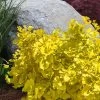
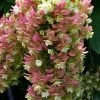
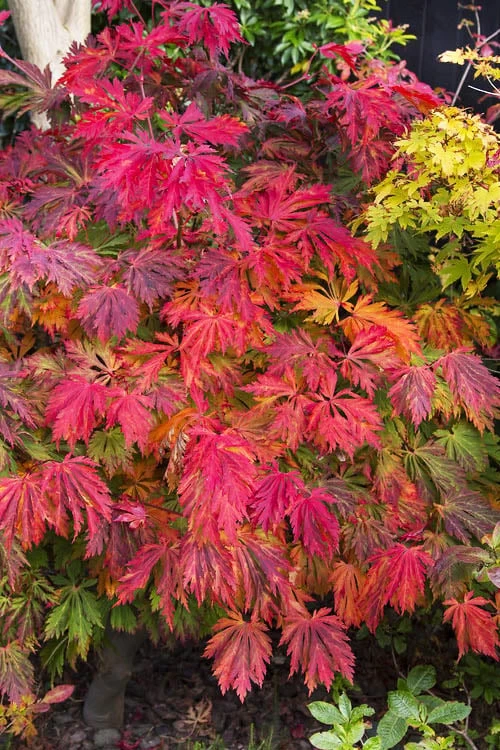




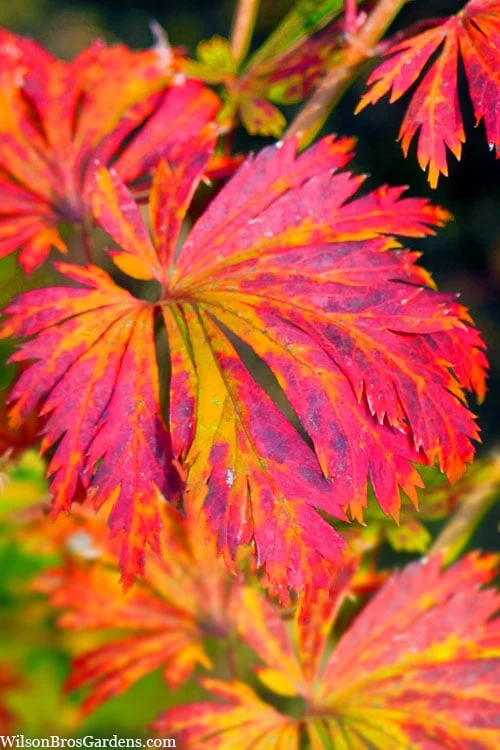



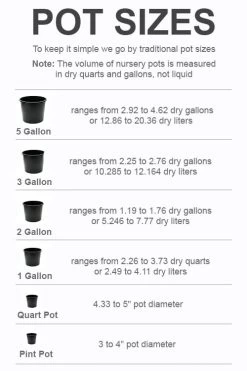
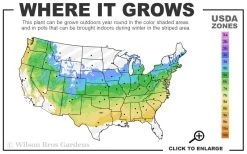
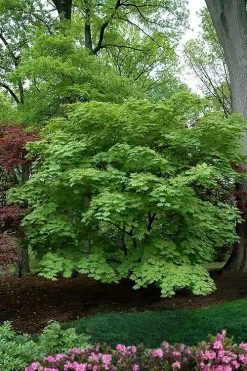
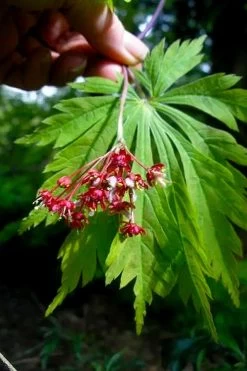
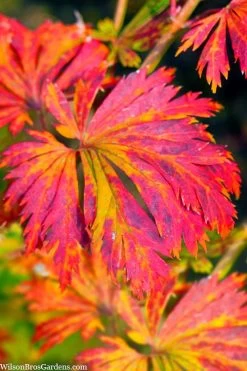

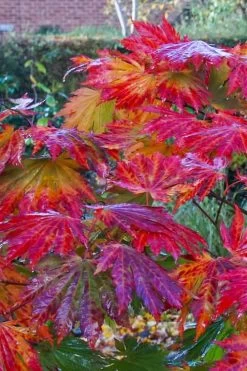
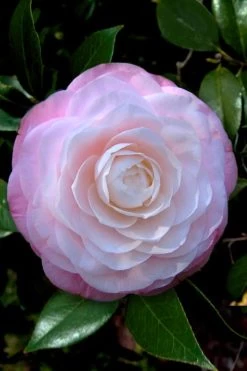
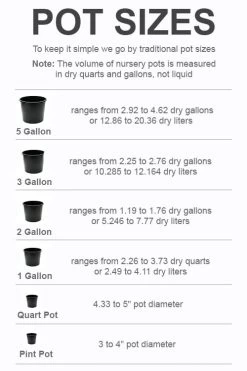
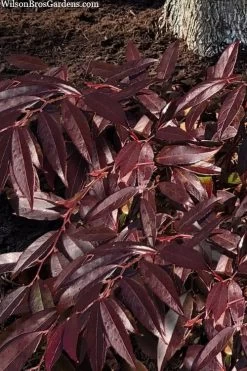


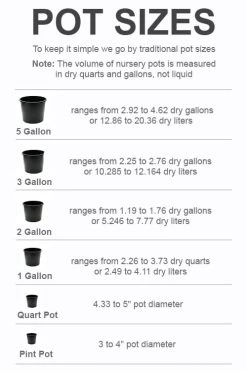

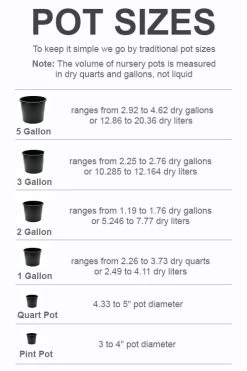
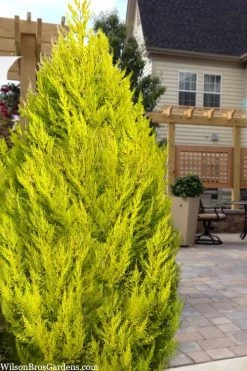
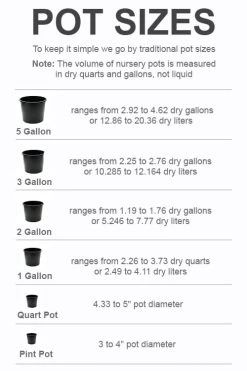

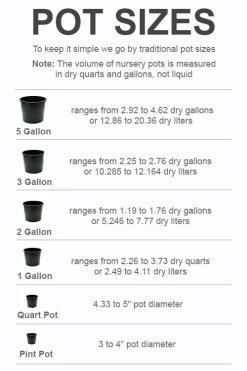
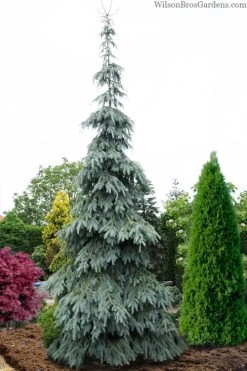
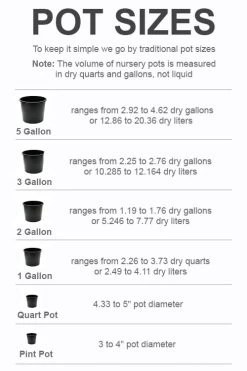

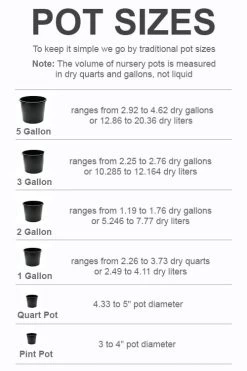
Reviews
There are no reviews yet.